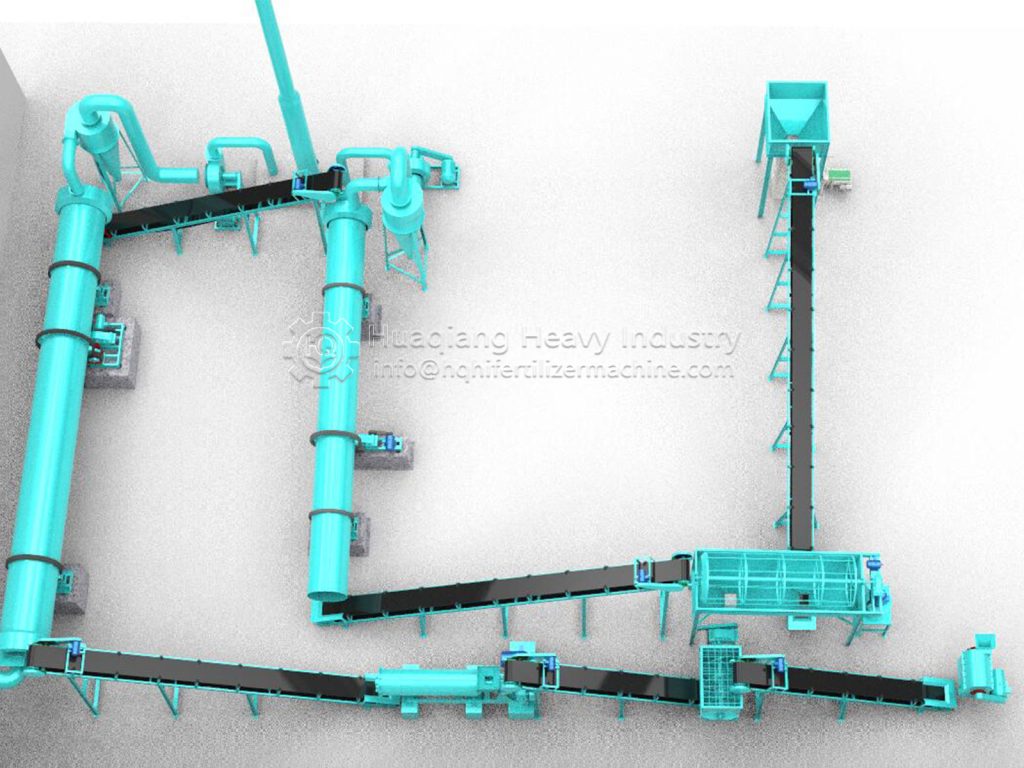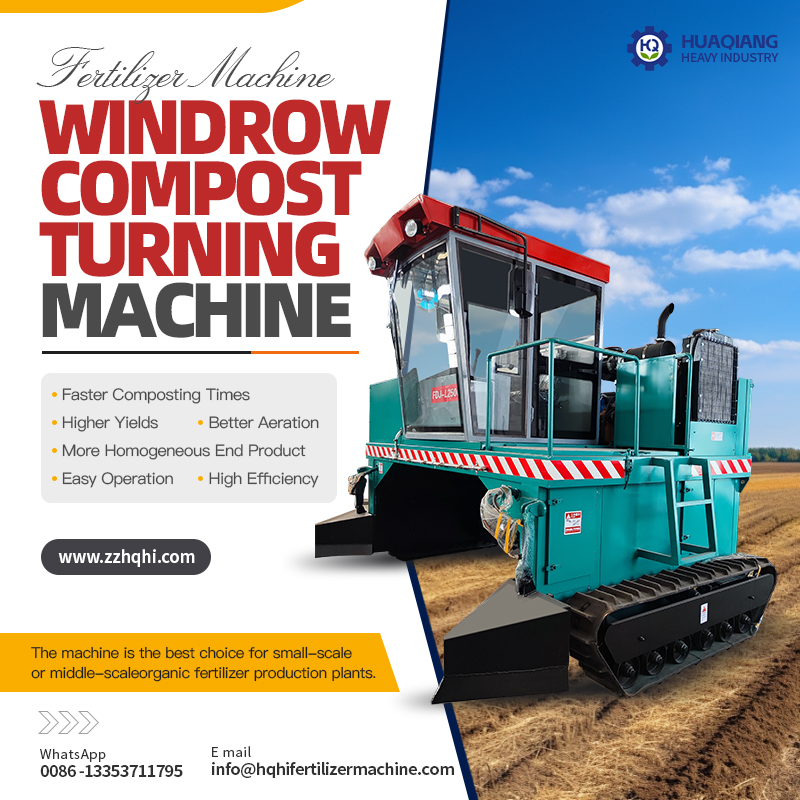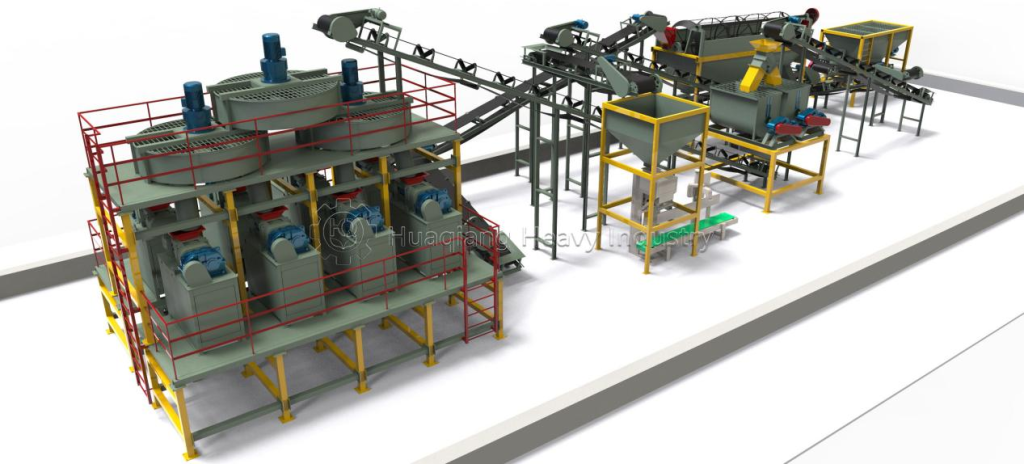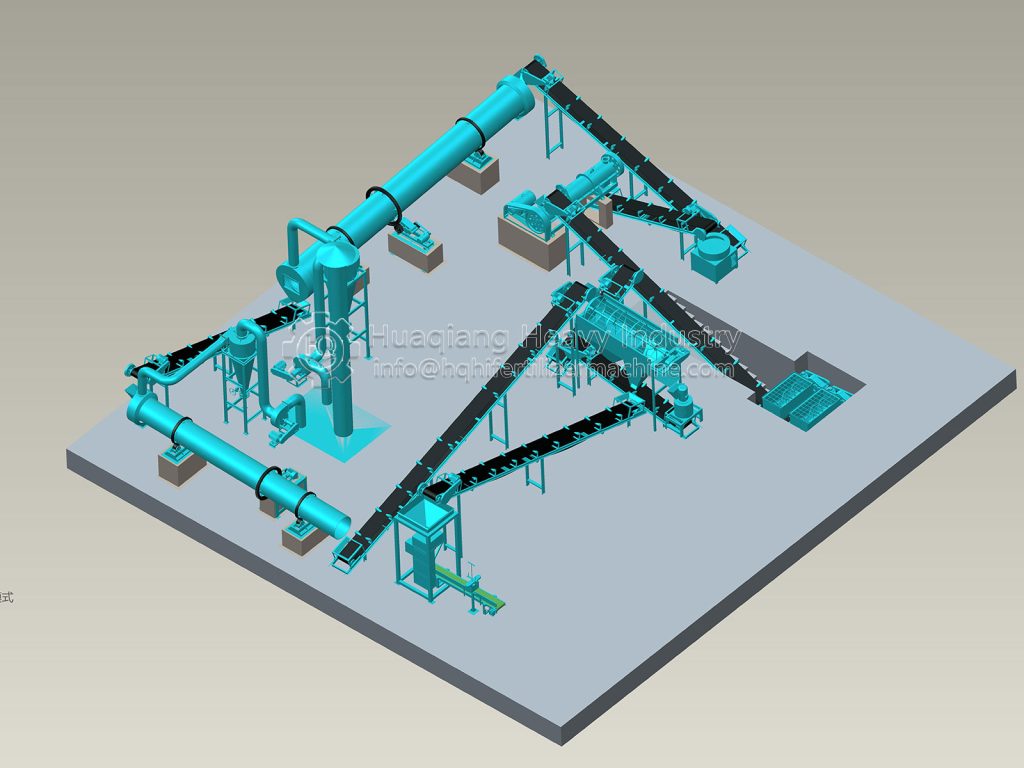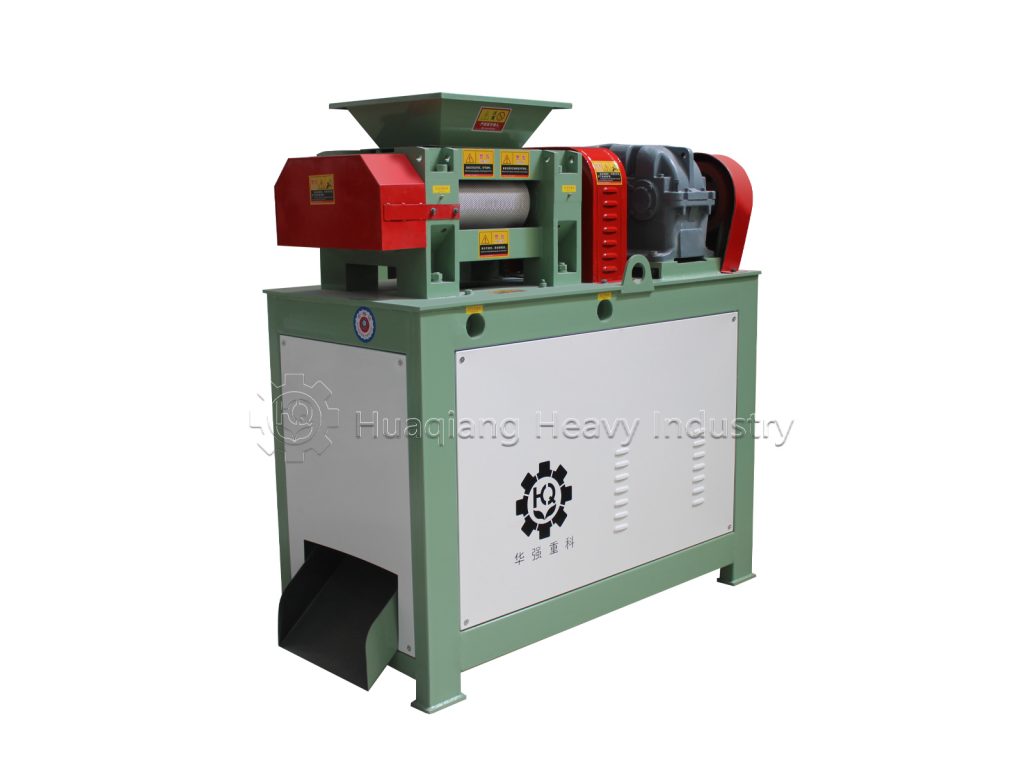In the fertilizer, feed and other industries, disc granulators and rotary drum granulators are both common granulation equipment, playing a key role in fertilizer production lines. Understanding their differences can help companies choose the right equipment and achieve efficient production. From the working principle, when the disc granulator tilts the disc and rotates, the material continues to roll and agglomerate under the action of gravity, centrifugal force and friction. First, small particles are formed at the bottom of the disc, and then they continue to roll, absorbing the surrounding powder and gradually become larger. After reaching a certain size, they overflow from the edge of the disc to complete the granulation. The material of the rotary drum granulator rolls continuously in the rotating drum, and through water or steam, the basic fertilizer and other materials are fully reacted chemically in a wet environment, and the particles are agglomerated into balls under the extrusion force generated by the rotation of the cylinder.
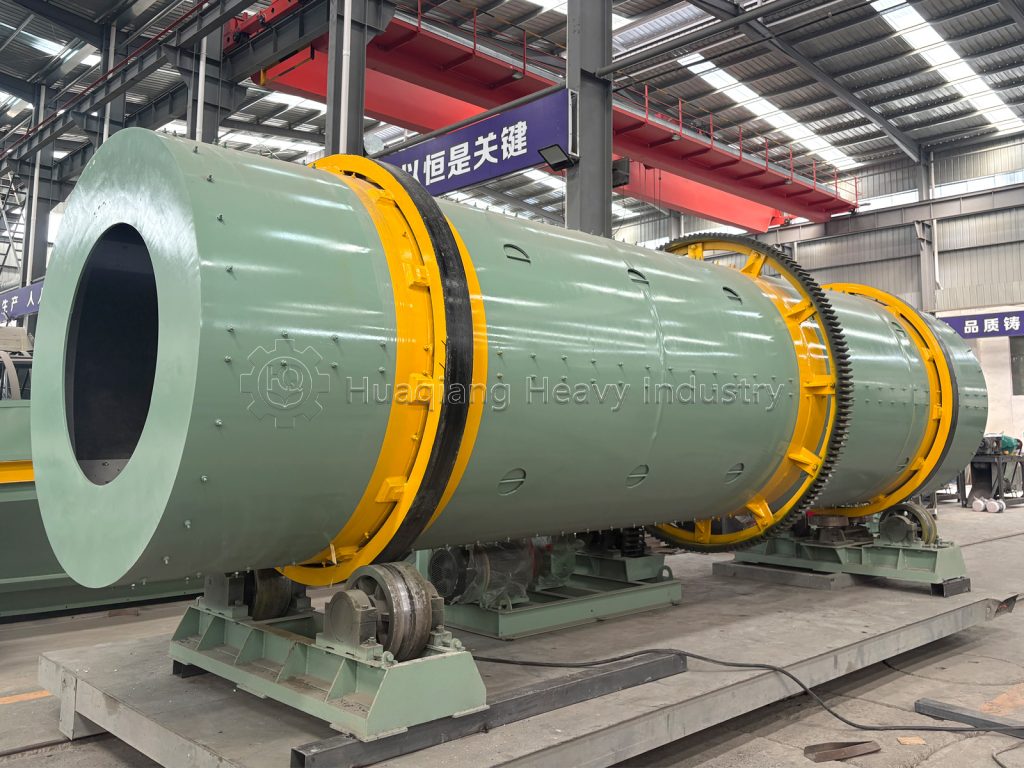
In terms of equipment structure, the disc granulator is relatively simple. The core component is the tilted granulation disc, which is driven to rotate by the drive device. There are also disc inclination adjustment mechanisms, racks, feeding pipes, liquid sprayers, hanging plates, etc. The rotary drum granulator has a complex structure. The main body is a huge rotating cylinder, which is driven by a drive device. In addition, there are feeding systems, steam or gas supply systems, discharging systems, and complex control systems and auxiliary equipment such as temperature and humidity sensors.
The two have different focuses in their application areas. The disc granulator has a small investment and is easy to operate. It is a powerful assistant for small production plants and is widely used in small compound fertilizer plants, feed processing plants and small biomass fuel enterprises. The rotary drum granulator is like an industrial giant with high output and is suitable for large-scale production. It performs well in large-scale compound fertilizer and feed production enterprises and industrial raw material granulation processing.
Disc granulators and rotary drum granulators have their own advantages and disadvantages. Enterprises must make comprehensive considerations and careful choices based on their own production scale, material characteristics, product quality requirements and budgets to win development opportunities in the fierce market competition.

